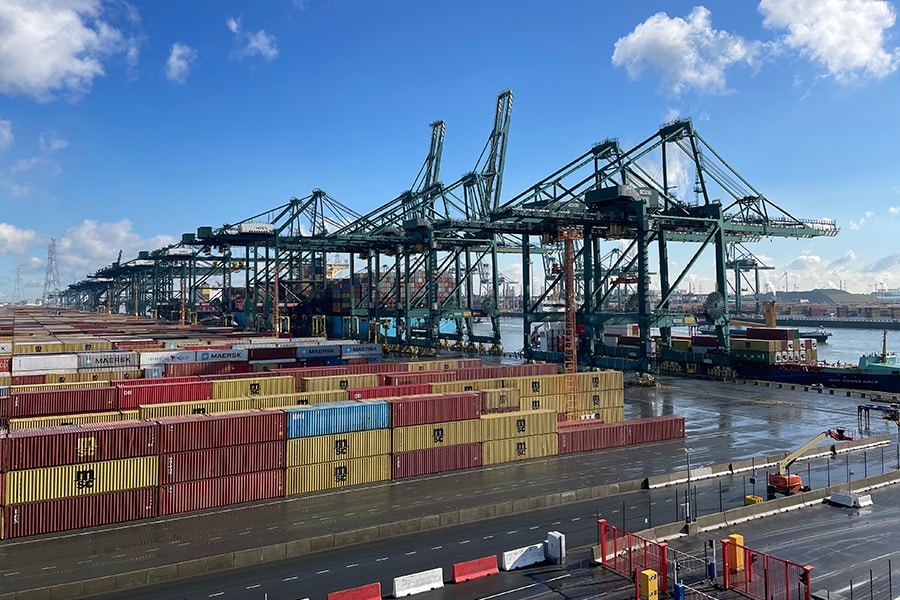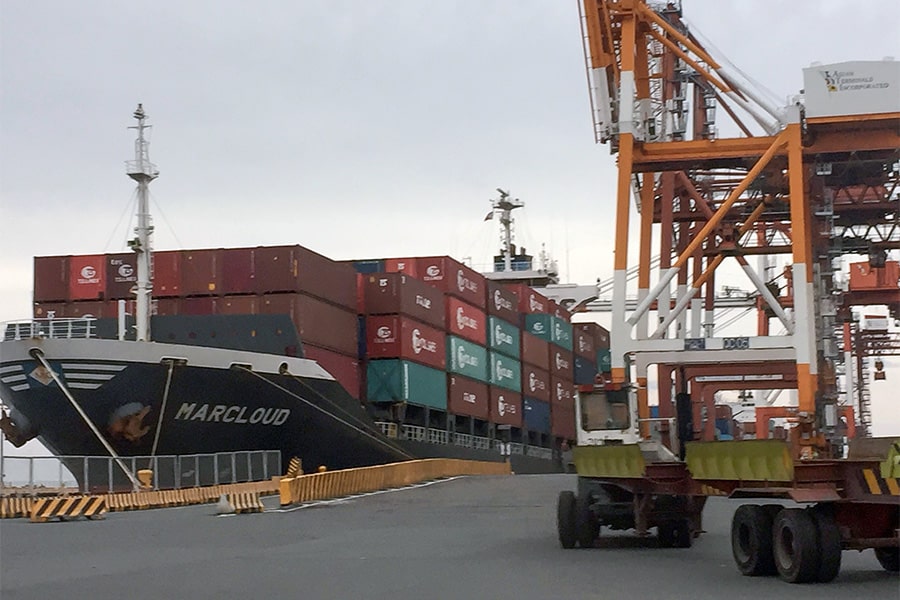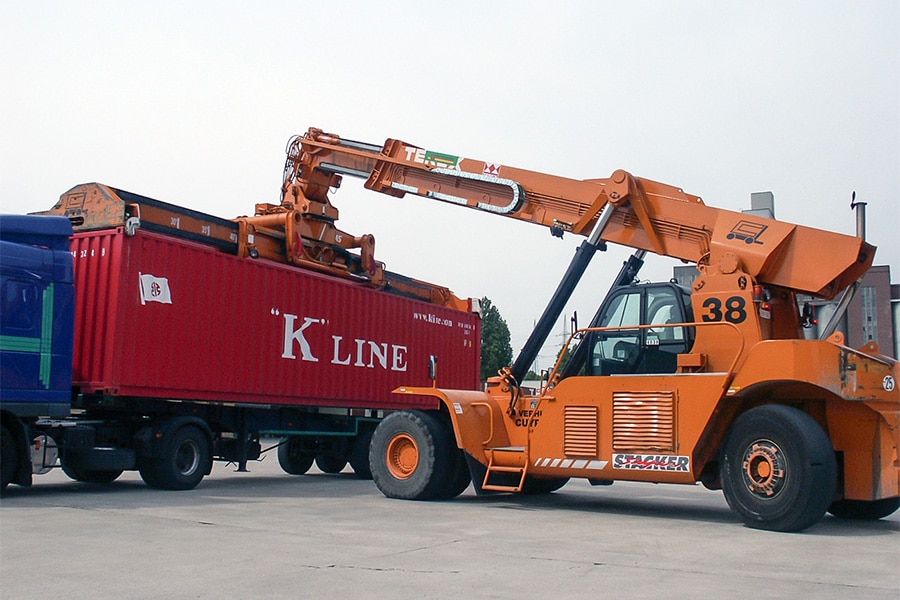
7 recommendations for a future-proof supply chain
The global supply chain has experienced a wave of disruptions over the past year. From geopolitical tensions to economic uncertainties to the impact of climate change - companies are facing a polycrisis: a complex confluence of disruptions that is straining the industry.
Alex Van Breedam, supply chain management expert, CEO of TRI-VIZOR nv and founder of ISCN.Academy, shares seven strategic recommendations to make organizations agile and future-proof in his master class "From 2024 to 2025 - Adapting Supply Chains for a Changing World."

Why 2025 remains challenging
The economic slowdown of 2024 continues into 2025. High inflation, rising interest rates and geopolitical uncertainties are driving low growth rates in the U.S., Europe and China.
In addition, the supply chain is affected by a range of geopolitical conflicts, including:
- The Red Sea crisis, where Houthi attacks on cargo ships increase transportation costs;
- The war between Russia and Ukraine, which continues to disrupt the supply of raw materials;
- The US-China trade war, with import tariffs affecting production costs;
- Tensions around Taiwan, which pose a direct risk to the global semiconductor industry.
The poly crisis has led to a fundamental overhaul of supply chain strategies, requiring companies to prioritize resilience and flexibility.

Seven recommendations for a future-proof supply chain
Van Breedam identifies seven essential actions to respond to these challenges:
1. Don't miss the AI and technology train
Artificial intelligence and automation are changing the way companies manage their supply chains. Within the supply chain, AI can help with such things as:
- Demand forecasting: smarter inventory management and less waste;
- Optimization of routes: lower transportation costs and shorter delivery times;
- Risk analysis: faster response to disruptions.
2. Make resilience and risk management a daily priority
Organizations must learn to anticipate supply chain risks not only through continuous monitoring, but also by, among other things:
- Diversification of suppliers and production sites;
- Establishing strategic buffer stocks;
- Smarter contracts to accommodate fluctuations in commodity prices.
3. Work with partners instead of squeezing them out
In uncertain times, it is crucial to cultivate long-term relationships with suppliers instead of focusing on cost pressures. Long-term partnerships provide stability and innovation and make a company more resilient
4. Trust your supply chain partners
Transparency and data sharing between companies enable:
- Respond faster to market fluctuations;
- Make more efficient use of logistics networks;
- Develop a more robust and resilient partnership.
5. Make sustainability a competitive advantage
Sustainability is increasingly becoming a determining factor in corporate competitiveness. It is more than just complying with regulations; it is also about:
- Investing in circular economy models;
- Incorporate carbon reduction into supply chain strategies;
- Embracing sustainable packaging and energy-efficient transportation methods.
6. Prepare for a changing job market
Automation and staff shortages are forcing companies to implement new ways of working:
- Training and retraining workers in digitization and robotization;
- Further automation of repetitive tasks throughout the logistics chain
7. Manage supply chain costs with greater granularity
In times of economic pressure, it is essential to analyze costs deeply. This means:
- Invest in data analytics for more accurate budgeting;
- Identify hidden costs in transportation and storage.
- In an omni-channel strategy, be able to calculate the cost and revenue of each channel separately.

A polycrisis as a new normal?
The poly crisis is not a temporary phenomenon, but a new reality for which companies must prepare structurally. According to the World Economic Forum's Global Risks Perception Survey 2024-2025, the biggest risks to supply chains in 2025 will be:
- Energy crisis and resource shortages;
- Climate change and extreme weather events;
- Geopolitical turmoil and trade wars.
Some companies prefer a localization strategy that brings production closer to the end user, while others multi-source to reduce dependencies. For although global pressure on supply chains eased in 2024, experts predict that tensions could rise again in 2025. Companies must prepare for possible new disruptions in production and logistics.
Master class: in-depth insights and practical recommendations
Want to learn more about how these insights can strengthen supply chains? The full master class "From 2024 to 2025 - Adapting Supply Chains for a Changing World" is available for free through ISCN.Academy.
The master class includes:
- A comprehensive article with in-depth analysis;
- A podcast with interviews from experts;
- An interactive video presentation for a visual insight into the challenges of 2025.
With these insights, companies can make their supply chain strategy more future-proof and make the most of the opportunities of 2025.




